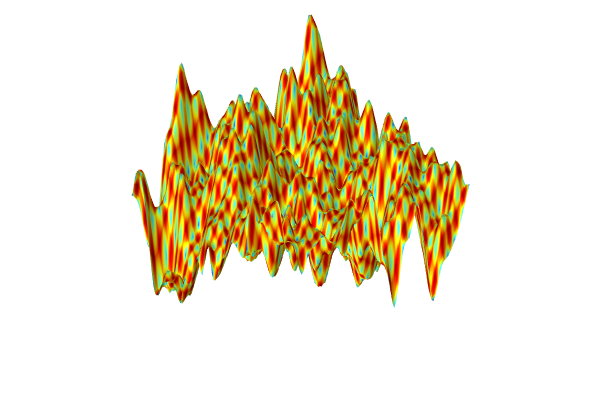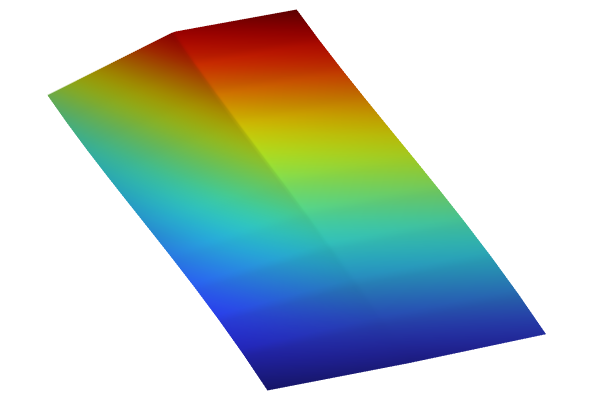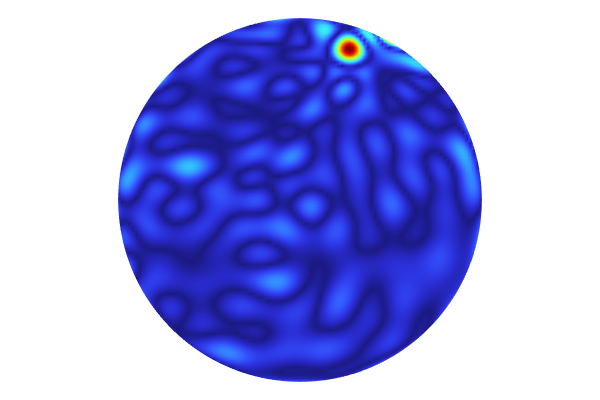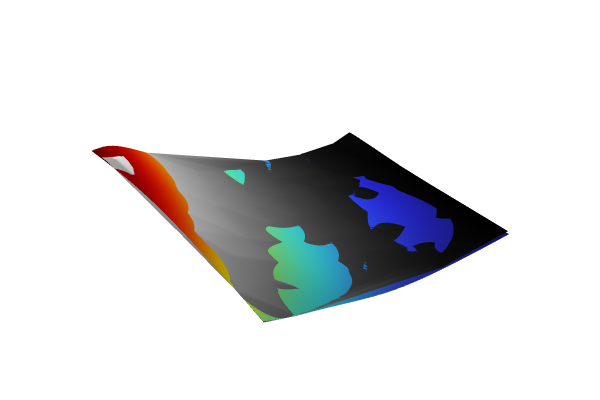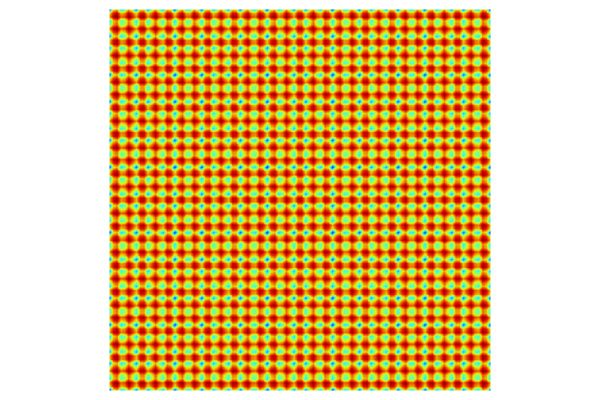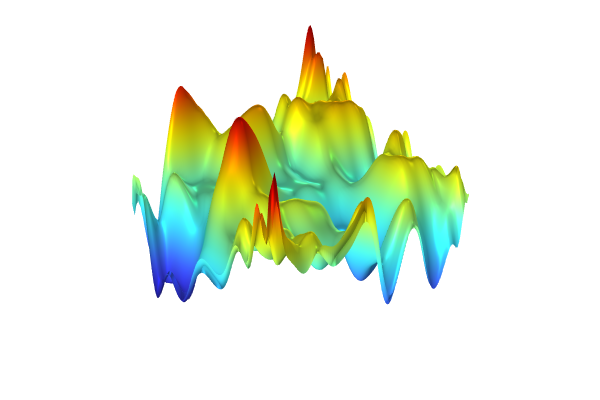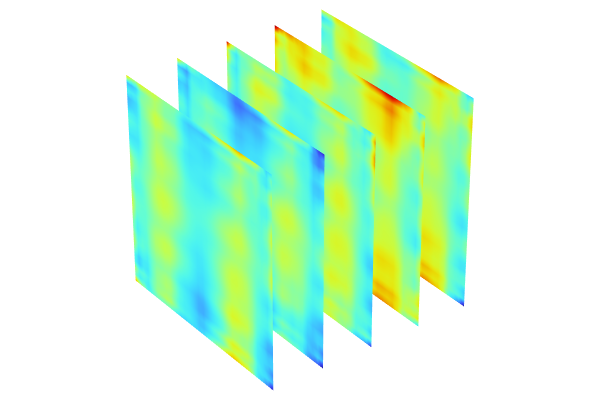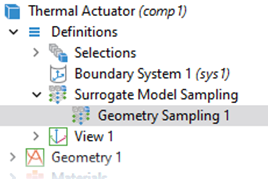Introduction to Surrogate Modeling
Surrogate models are used to represent and approximate the results for full finite element models and, compared to such models, are more simple, compact, and typically less computationally expensive. The use of surrogate models enables you to much more quickly obtain results and perform analyses in situations where computing the original finite element model would require significant computational costs in the form of time, resources, and/or money. Since surrogate models approximate the behavior of more complex system, you can explore the design space of a model, gain insights into a model, optimize designs, and run simulation apps in much less time.
The focus of this course is to provide an introduction to creating and using surrogate models in the COMSOL Multiphysics® software, with expanded functionality and capabilities for surrogate modeling available with the add-on Uncertainty Quantification Module. The course begins by explaining the principles behind surrogate models and then, in subsequent parts, will guide you through detailed examples that enable you to practice the workflow for creating various types of surrogate models. Accompanying this course is another course that covers the theoretical background of surrogate modeling.

A plot of a Gaussian Process surrogate model created from a set of experimental data, completed in Part 5 of this course.
An overview of what is covered throughout the course is as follows:
Part 1: Introduction to Using Surrogate Models
- Defining surrogate models
- Training surrogate models overview
- Surrogate model functions overview
- Using surrogate models for general multidimensional function interpolation and approximation
- Workflow for creating and using surrogate models
Part 2: Creating a Deep Neural Network Surrogate Model from Imported Data
- Fitting data with a linear interpolation function
- Options for extrapolation behavior
- Fitting data with a deep neural network
- Training the neural network and evaluating the convergence plot generated
- Evaluating the fit of the surrogate model to the data
Part 3: Creating a Multiphysics-Driven Deep Neural Network Surrogate Model
- Creating a surrogate model for a multiphysics simulation, based on imported data
- Defining, training, and building the surrogate model
- Analyzing differences between the Deep Neural Network function and linear interpolation function
Part 4: Creating a Multiphysics-Driven Gaussian Process Surrogate Model
- Creating a Gaussian Process surrogate model for the displacement of a thermal actuator
- Gaussian Process surrogate models overview
- Evaluating the uncertainty in the model
- Uncertainty Quantification study overview
- Using the Adaptive Gaussian process option
Part 5: Creating a Gaussian Process Surrogate Model from Imported Data
- Considerations and options when creating surrogate models with more than three input arguments
- Using a Gaussian Process surrogate model to approximate imported data
- Computing uncertainty in the model
- Uncertainty Quantification study settings overview
- Kernel density estimation plot overview
- Using and considering the influence of different covariance functions
Part 6: Creating a Polynomial Chaos Expansion Surrogate Model from Imported Data
- Introduction to Polynomial Chaos Expansion (PCE) surrogate models
- Creating a PCE surrogate model
- Computing and evaluating the uncertainty in the model
Part 7: Sensitivity Analysis Using a Polynomial Chaos Expansion Surrogate Model
- Introduction to the Ishigami function
- Performing a sensitivity analysis
- Evaluating the results for the Sobol indices
- Creating a PCE surrogate model
- Comparing the PCE surrogate model to the Ishigami function
Part 8: Creating Spatially and Time-Varying DNN Surrogate Models
- Overview of generating space-dependent surrogate model training data
- Using design of experiments
- Using DNN
- Overview of efficient geometry sampling
- Overview of efficient time-domain sampling
After completing this course, you will understand what surrogate models are and know about the different types of surrogate models available and related terminology. You will also be knowledgeable in the process that is used to create a surrogate model and techniques for evaluating the reliability of the model. Lastly, you will have insight into the value of surrogate modeling and the benefits it can provide depending on the application. We recommend following this course with our Learning Center course "Introduction to Uncertainty Quantification".
Envoyer des commentaires sur cette page ou contacter le support ici.

